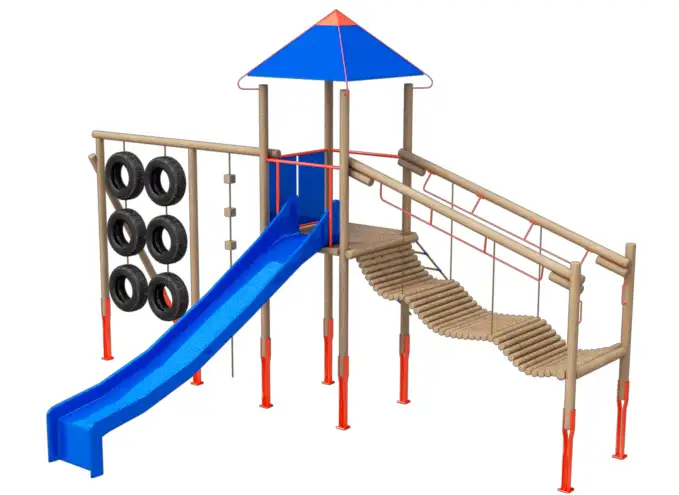3D configurators have become extremely popular in recent years, especially in the furniture and industrial sectors, in response to the growing demand for customized products. Thanks to 3D configurators, customers are able to personalize products such as furniture and industrial equipment, resulting in greater customer satisfaction and increased competitiveness for companies. However, in order to successfully implement 3D configurator projects, it is necessary to have the right design approach to quickly adapt to changing market needs.
In this context, the Agile methodology stands out as an effective tool to support the development of 3D configurators. Agile enables a flexible and iterative approach to design, enabling rapid change and adaptation to new customer requirements. Through team collaboration, frequent progress reviews and appropriate design priorities, the Agile methodology allows for shorter product delivery cycles and minimizes the risk of design errors.
Agile - what sets it apart from other methodologies?

One of the main strengths of Agile is flexibility. In the case of 3D configurators, customer requirements can change during the project. In a traditional approach, such a change would require a redesign of the entire product, which would incur additional costs and delays. In Agile, project teams are able to respond flexibly to changing customer requirements, making the project more responsive to actual customer needs.
Another desirable feature of Agile in the context of 3D configurator design is the use of interdisciplinary teams. In Agile, teams are made up of various specialists, such as designers, developers, testers, etc. In the case of 3D configurators, interdisciplinary teams can work on different aspects of the design, such as graphics, functionality, performance, etc. This approach allows for faster and better solutions to design problems.
The Agile approach is also geared toward continuous product testing, which is extremely important for 3D configurators. Testing allows early detection of errors and problems, which in turn leads to faster delivery of the product to the market. With continuous testing, project teams are able to avoid problems later in the project, leading to time and cost savings.

One of the main aspects of Agile is constant communication with the client. In Agile, the customer is part of the project team and has an impact on the design process. In the case of 3D configurators, the customer is the ultimate user of the product and their opinion on the design is extremely important. In Agile, project teams regularly communicate with the customer to make sure the design is aligned with their needs and expectations.
In the traditional approach, a 3D configurator project can take many months or even years. In Agile, the design is delivered in shorter intervals, allowing the customer to see the project's progress in real time. The shorter time-to-market, combined with flexibility and constant communication with the customer, allows the product to adapt faster to changing market needs.
Summary
The conclusion is that with the rapid growth in popularity of 3D configurators, the use of Agile methodology is becoming an indispensable and key success factor for companies operating in this field. Agile methodology enables effective management of a 3D configurator project, equipping project teams with flexible tools and strategies to dynamically adapt to changing customer needs and expectations.
By being agile and iterative, the Agile methodology enables constant communication and collaboration between different company departments, including sales, marketing, design and production. This combination of specialized knowledge and diverse perspectives translates into a better understanding of customer requirements and the rapid implementation of 3D configurator design changes to meet customer expectations.
In addition, the Agile methodology allows the company to reduce time-to-market by delivering functionality early and often. Through cyclic releases and rapid iterations, the company has the opportunity to test and adjust the 3D configurator on the fly, leading to effective elimination of bugs, streamlining of processes and delivery of a final product in line with customer expectations.
As a result, companies that effectively use Agile methodologies in the context of 3D configurators are more likely to gain a competitive advantage in the market. Delivering personalized, high-quality products that perfectly meet customer needs is becoming a key factor in building customer loyalty and capturing new markets. Agile methodologies enable companies to be flexible and adaptive, which is essential in the dynamic environment of 3D configurators, where innovation and rapid responses to change are key to success.

